West Highland White Terriers typically enjoy robust health and breeders who are committed to the breed's well-being routinely test for hereditary health issues like heart disorders and knee joint problems known as patellar luxation. It's important to maintain dental hygiene for a Westie with frequent teeth brushing, using canine-specific toothpaste. Keeping up with systematic veterinary appointments for routine examinations and parasite management is also key to securing a lengthy and vigorous life for these spirited dogs. Health Assessment Recommendations from the Breed's National Association:
|
Wetterhoun
ATTRIBUTES: Loyal, Intelligent, Good-Natured
GROUP: Foundation Stock Service
ACIVITY LEVEL: Regular Exercise
BARKING LEVEL: When Necessary
COAT TYPE: Curly
COAT LENGTH: Medium
SHADDING: Regularly
SIZE: Medium
TRAINABILITY: May Be Stubborn
CHARACTERISTIC: Medium Dog Breeds
Breed Overview

Ancestry
Water Spaniels, Spitz-Type Dogs, Gypsy Dogs

Origin
Netherlands

Registration
2019
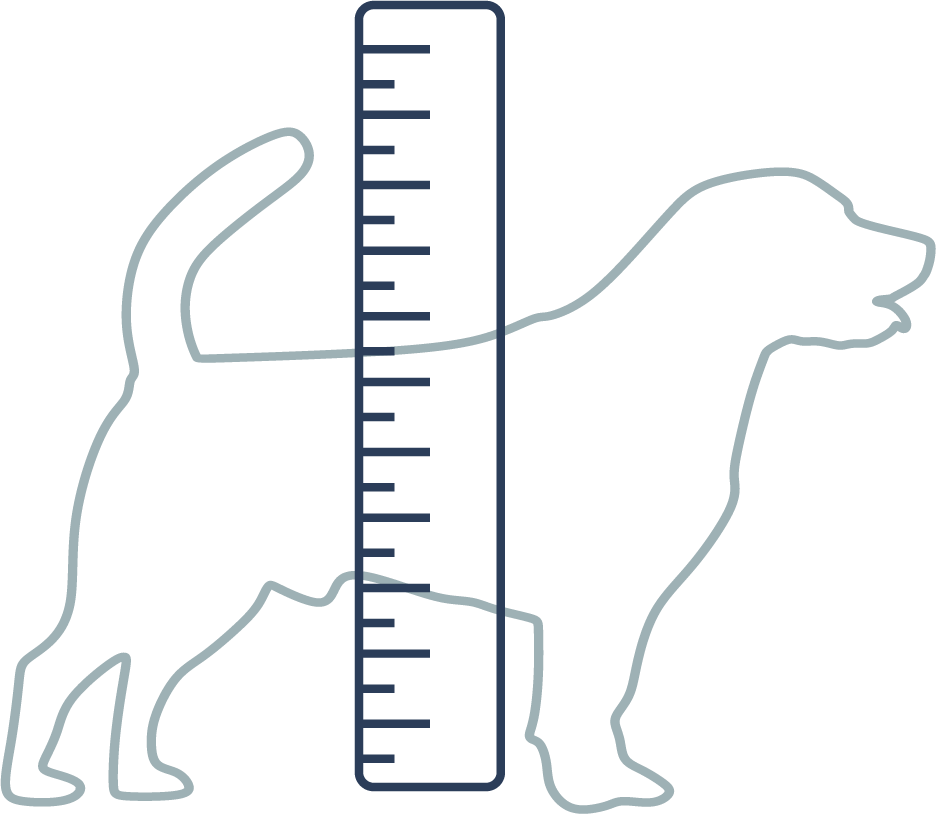
Size
23 Inches (Male)
21.5 Inches (Female)

Weight
50 - 75 Pounds

Expected Life
13 Years
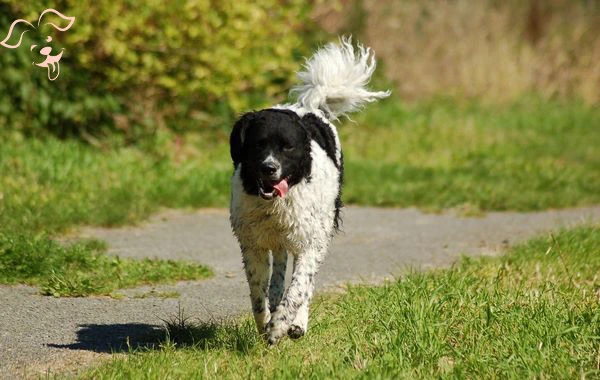
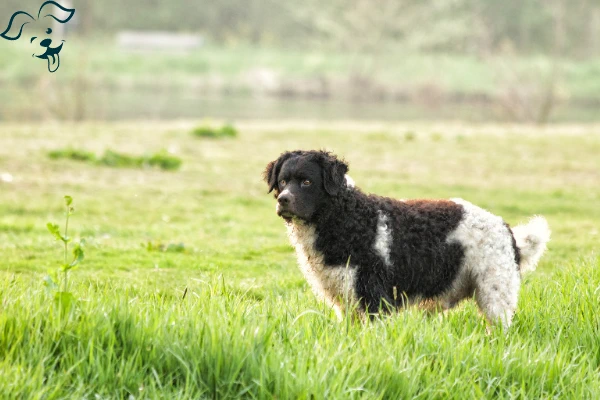
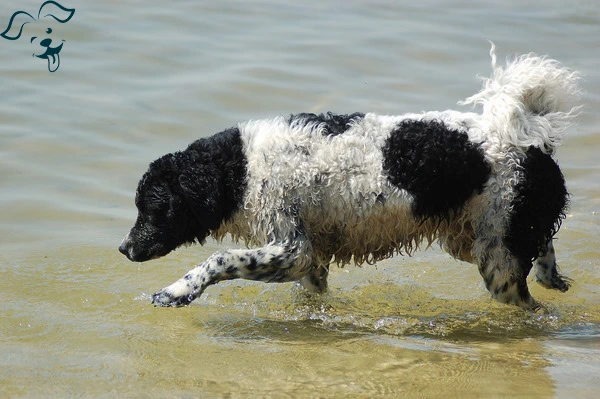
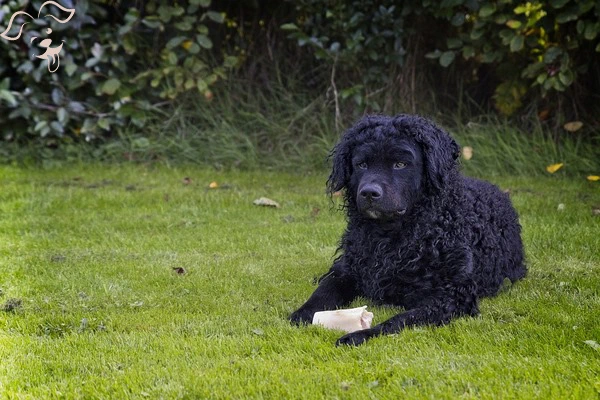










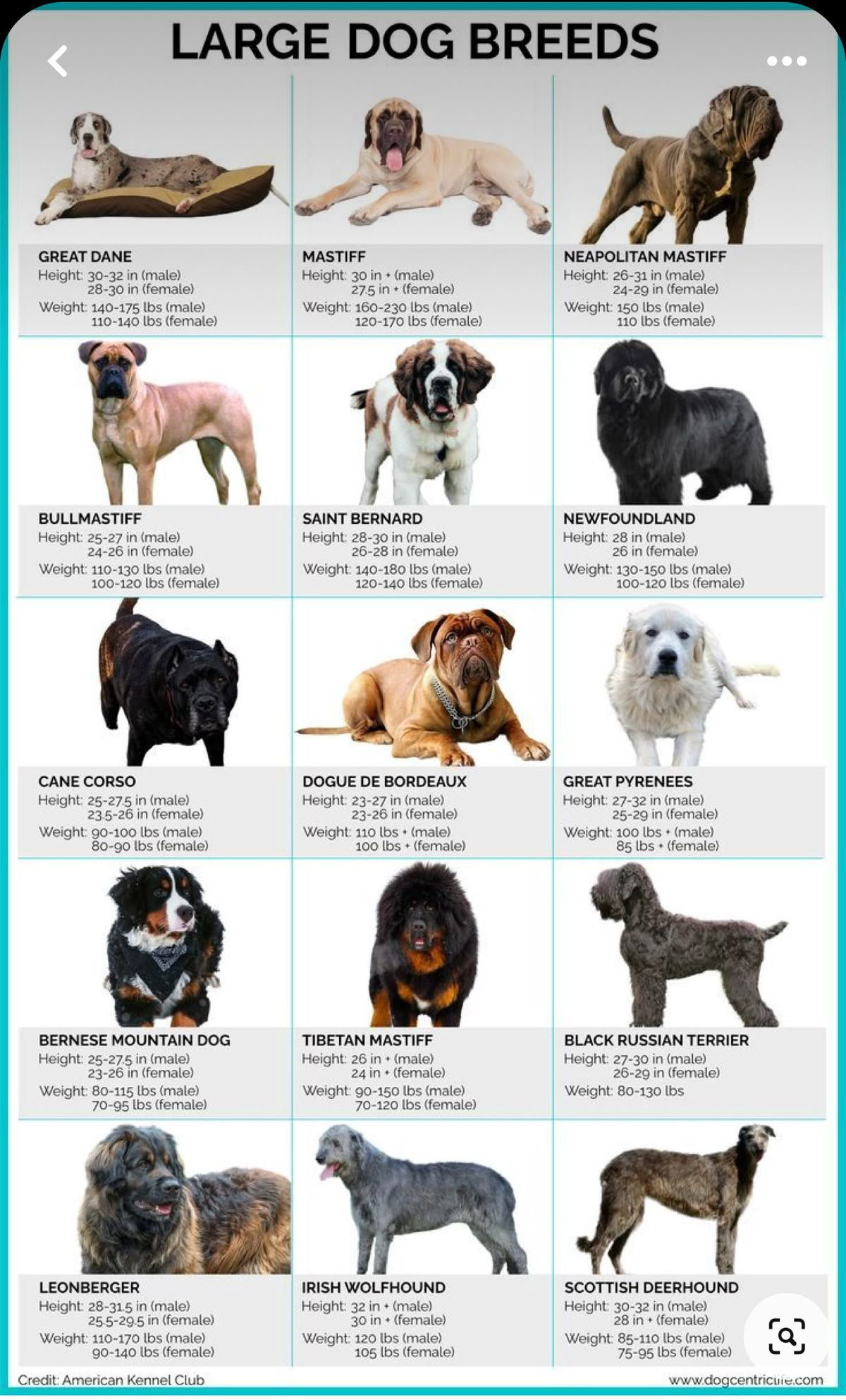






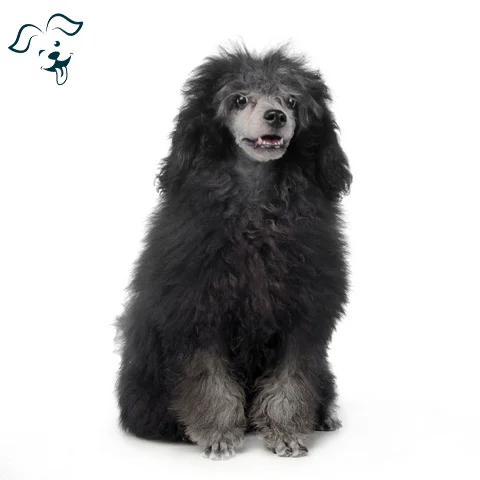

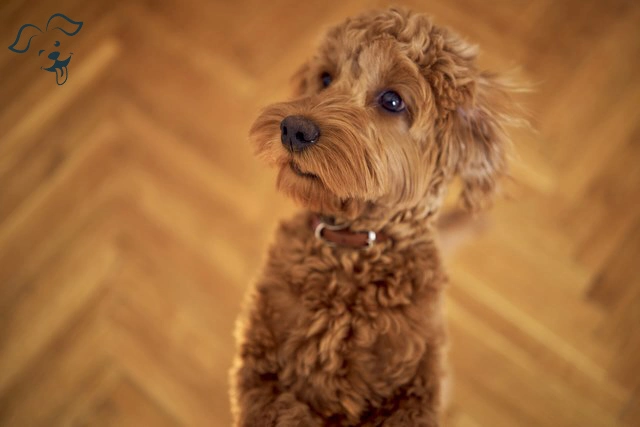
FRIENDLINESS
LIVELINESS
VIGILANCE INTENSITY
ADAPTATION CAPACITY